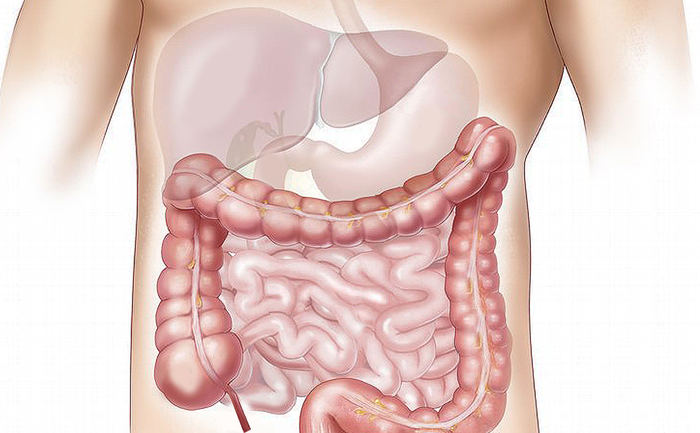
Stem cells in the human intestine are very active and constantly creating new cells — they must do so to stand up to the constant wear and tear that the organ experiences. Processing nutrients and removing waste is a very stressful activity for cells, so stem cells must constantly be creating new cells to replace the ones that die.
Researchers from the Institute for Research in Biomedicine (IRB Barcelona) have been studying the stem cells in the intestine closely over the past few years. They recently discovered a new group of intestinal stem cells that have a unique set of characteristics compared to other stem cells. The results of the study have been published in the journal Cell Stem Cell.
The new stem cells are “quiescent”, which means they spend most of the time dormant and not proliferating. This is very different to other intestinal stem cells that are constantly proliferating. The researchers estimate that the intestine contains 1 quiescent cell for every 10 active intestinal cells.
When the intestine is healthy, these quiescent cells serve no apparent function. However, when the intestine is stressed they spring into action and play an important role in maintaining the health of the intestine. The scientists discovered that the quiescent stem cells spring into action after a person has received chemotherapy, which inflames the intestine and kills the active stem cells. Once the active stem cells have been depleted, the quiescent cells wake up and attempt to create more active cells.
Dr. Eduard Batlle says that the discovery changes the way that scientists think about the cell hierarchy in the body: “In intestinal cell hierarchy, there are no cells above others, so the two populations are in a continual balance to ensure the proper function of the organ.”
It is the quiescent nature of these cells that keeps them safe from chemotherapy. This is because chemotherapy treatments are more effective against cells that divide frequently.
The findings mean that scientists can develop a stem cell treatment that helps patients recover after a chemotherapy treatment.
Source: The intestine has a reservoir of stem cells that are resistant to chemotherapy
{{cta(‘010124f3-c9bc-4a23-b9fc-74953e6288c9’)}}


